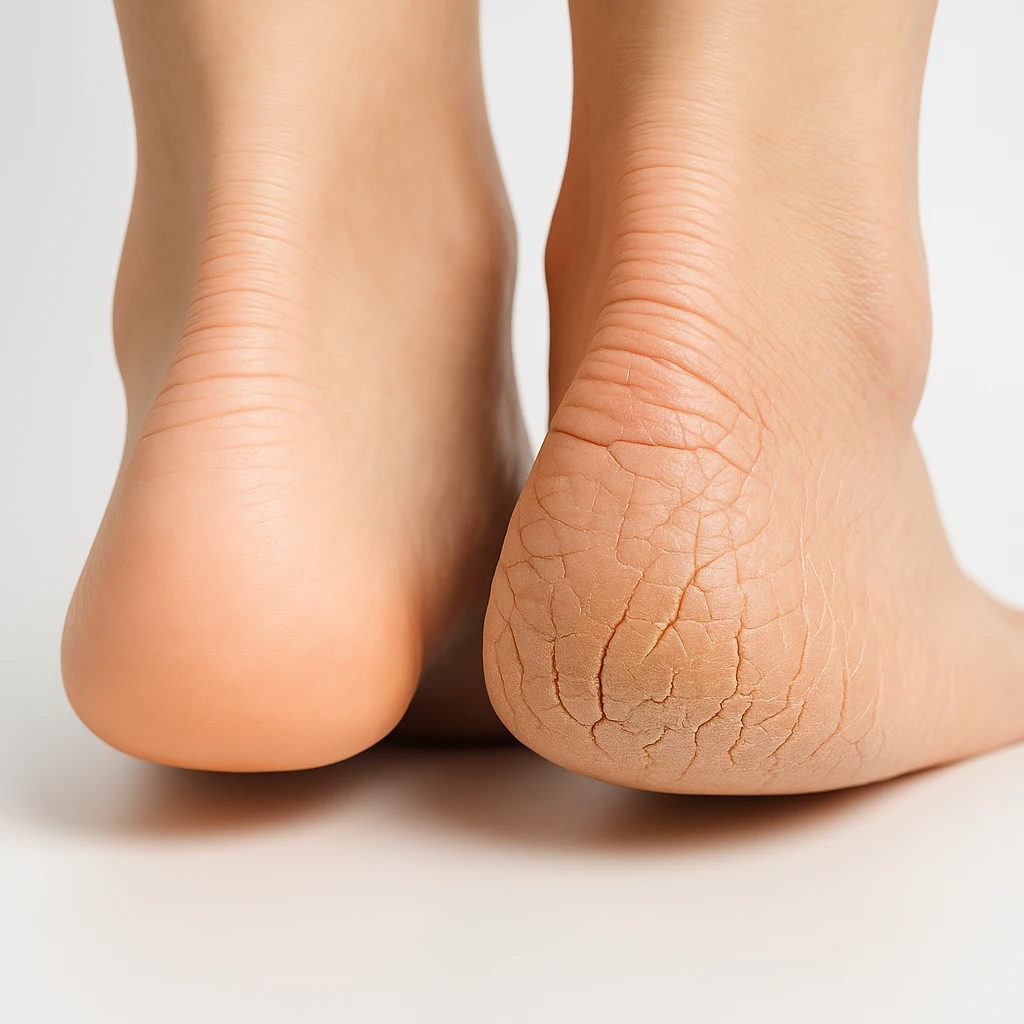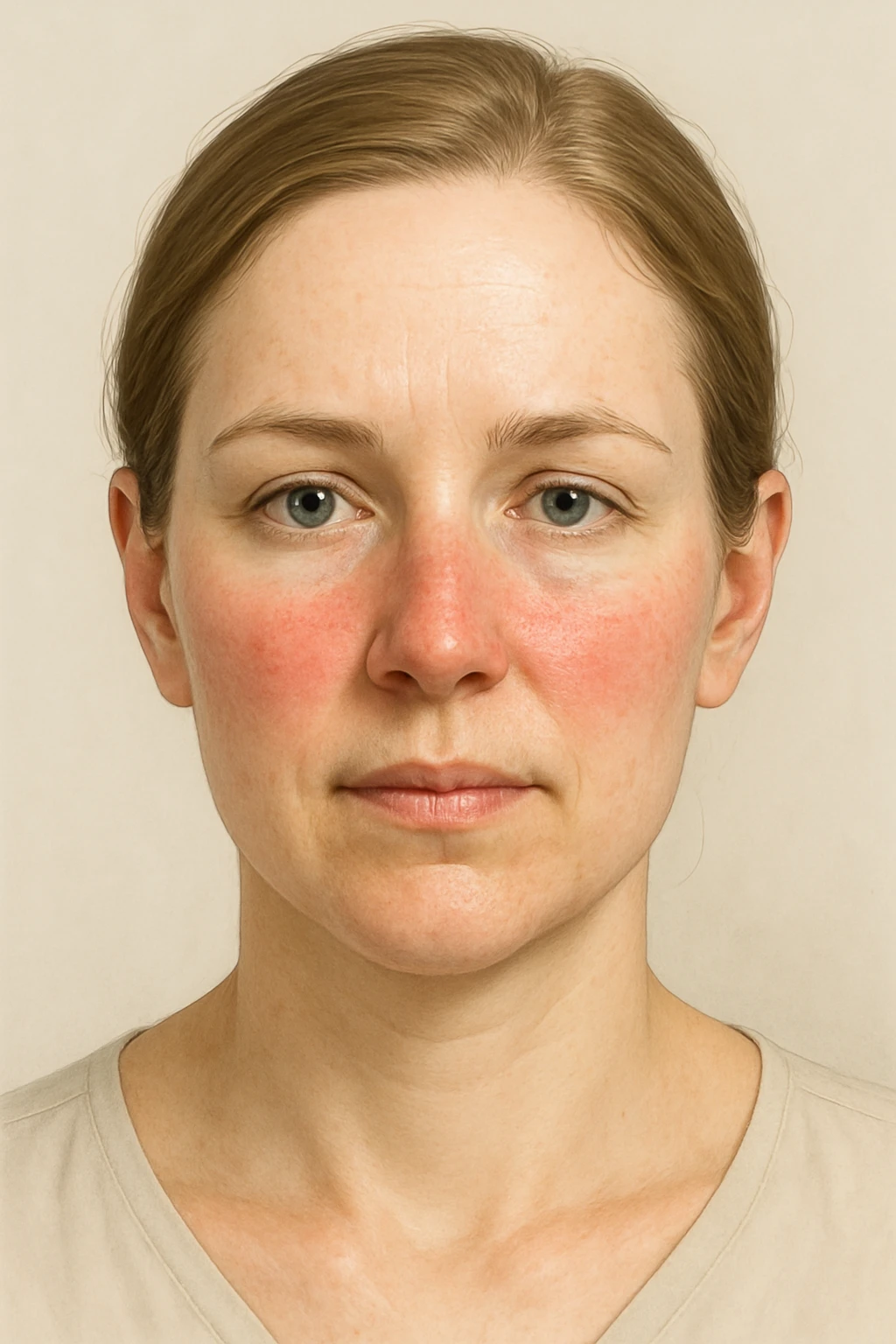Ozokerite and Cancer
Ozokerite and Cancer: Understanding the Controversy
- What Is Ozokerite and Where Is It Used?
- Is Ozokerite Considered Toxic or Carcinogenic?
- How Skin Absorption Might Relate to Cancer Risk
- Historical Use of Ozokerite in Medicine and Cosmetics
- Regulatory Position on Ozokerite Across Countries
- Comparing Ozokerite to Other Cosmetic Waxes
- Skin Reactions and Early Warning Signs of Sensitivity
- The Role of Ozokerite in Lip and Eye Products: A Closer Look
- Scientific Evidence: Have Any Studies Linked Ozokerite to Cancer?
- Inflammation as a Precursor: Understanding the Link to Tumors
- Should Certain Populations Avoid Ozokerite?
- Comparing Consumer Perception vs. Scientific Reality
- Choosing Products with Ozokerite: What to Look For
- Ozokerite and Cancer Symptom Confusion: Rash vs. Lesion
- Should You Discard Old Products Containing Ozokerite?
- When to See a Specialist: Red Flags Beyond Irritation
- FAQ About Ozokerite and Cancer Concerns
What Is Ozokerite and Where Is It Used?
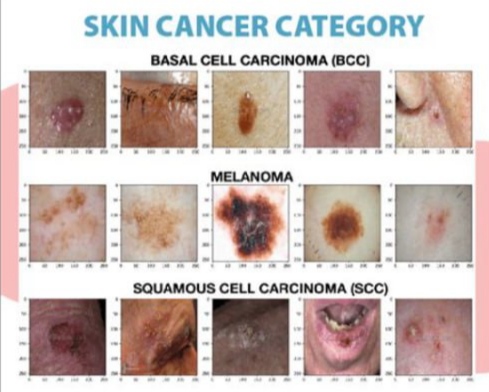
Ozokerite is a naturally occurring mineral wax derived from petroleum or shale. It is primarily used in cosmetics—lip balms, eyeliners, mascaras, and creams—due to its excellent thickening and emulsifying properties. As a hydrocarbon compound, it is classified alongside other paraffin-based waxes.
Ozokerite helps products maintain stability and texture across a range of temperatures. Despite its industrial origins, refined cosmetic-grade ozokerite undergoes multiple purification steps to ensure its safety and compliance with global cosmetic standards. However, the concerns surrounding its long-term use, especially regarding cancer, have sparked scientific and public debate.
Is Ozokerite Considered Toxic or Carcinogenic?
Regulatory bodies like the U.S. Food and Drug Administration (FDA) and the Cosmetic Ingredient Review (CIR) panel currently recognize ozokerite as safe for topical use in cosmetics when refined. Toxicity arises only when ozokerite is unrefined or contaminated with aromatic hydrocarbons or polycyclic aromatic hydrocarbons (PAHs), some of which are known carcinogens.
Scientific data remains limited on ozokerite’s direct association with cancer. Most studies focus on inhalation risks or long-term industrial exposure rather than cosmetic application. Nonetheless, concerns about systemic absorption through the skin—especially when combined with other chemical agents—have led to increased scrutiny.
How Skin Absorption Might Relate to Cancer Risk
Ozokerite does not easily penetrate intact skin. However, repeated application, especially on broken or inflamed skin, may allow trace substances to reach deeper tissues. In cases of contaminated batches, this could potentially increase cancer risks.
To date, no conclusive evidence supports a direct link between ozokerite and skin cancer. However, understanding skin permeability and dermal exposure is critical. This is especially important in individuals with pre-existing conditions or compromised immunity, where barrier protection is reduced.
| Factor | Influence on Absorption |
| Skin condition | Damaged skin increases absorption |
| Product formulation | Higher oil/wax content may increase retention |
| Application frequency | Daily use accumulates exposure |
| Combined ingredients | Enhancers like alcohols or acids can increase permeability |
Historical Use of Ozokerite in Medicine and Cosmetics
Historically, ozokerite was used in medical ointments and early dermatological treatments due to its emollient properties. In the 19th and early 20th centuries, ozokerite baths were used in Eastern Europe for arthritis and inflammation—its heat retention made it ideal for therapeutic purposes.
As industrial uses evolved, ozokerite became popular in cosmetics for its waxy stability. However, these formulations were far less regulated in earlier decades. This has raised retrospective concern about legacy exposure, especially among individuals who used unregulated cosmetic products for decades.
Modern cosmetic-grade ozokerite has vastly improved in purity, but the historical legacy still colors public perception—especially with growing interest in clean beauty and cancer-safe ingredients.
Regulatory Position on Ozokerite Across Countries
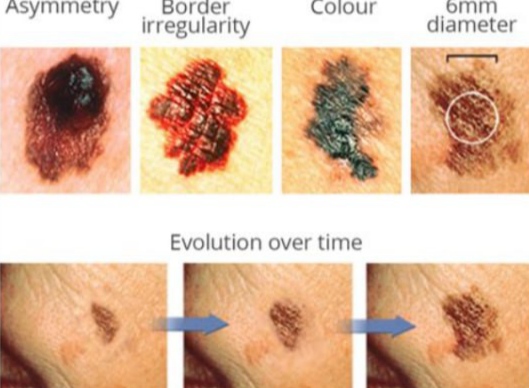
Different countries maintain varying standards for the cosmetic use of ozokerite. In the United States, the FDA permits ozokerite in personal care products provided it is properly refined and labeled. The Cosmetic Ingredient Review (CIR) panel also classifies ozokerite as safe for topical application based on available data.
In contrast, the European Union requires more rigorous documentation and traceability for ozokerite used in cosmetics, particularly around contamination with PAHs. The EU’s REACH regulation emphasizes the purity and testing of all petroleum-derived substances, including ozokerite.
In Japan and South Korea, where skincare regulation is notably strict, ozokerite is permitted, but manufacturers often prefer plant-based wax alternatives to appeal to natural cosmetics markets.
These variations highlight the need for consumers to understand where their products are manufactured and how ingredient safety is determined in those regions.
Comparing Ozokerite to Other Cosmetic Waxes
Ozokerite is often compared to other common waxes like paraffin, beeswax, and candelilla wax. Each of these ingredients has unique properties, but ozokerite stands out for its high melting point, stability, and inert texture, making it ideal for products that require long wear.
The chart below outlines the major differences in safety and cosmetic behavior:
| Wax Type | Source | Melting Point | Carcinogenic Risk | Common Uses |
| Ozokerite | Petroleum-derived | 73–77°C | Low (if purified) | Lipsticks, balms |
| Paraffin Wax | Petroleum-derived | 46–68°C | Moderate (if impure) | Creams, candles |
| Beeswax | Natural (bees) | 62–64°C | None known | Lotions, salves |
| Candelilla Wax | Plant-based | 68–73°C | None known | Vegan cosmetics |
Ozokerite’s main disadvantage is its petroleum origin, which may be off-putting for eco-conscious consumers—even when the substance is safe in its refined form.
Skin Reactions and Early Warning Signs of Sensitivity
While rare, some individuals report skin sensitivity or irritation when using ozokerite-based products. These symptoms are more likely to occur with improperly refined wax or when combined with other reactive chemicals like artificial fragrances or preservatives.
Signs to monitor include:
- Redness, itching, or burning at the application site
- Dry or flaky skin in areas where ozokerite-containing products are used
- Worsening of existing dermatological conditions like eczema
Most reactions are mild and reversible upon discontinuation. However, persistent symptoms may warrant medical attention, especially if they resemble precancerous lesions. While no definitive link has been found between ozokerite and skin cancer, individuals with sensitive skin or existing dermatological conditions may benefit from caution.
In clinical dermatology, a thorough history of product use often helps distinguish simple irritant dermatitis from more serious conditions. If persistent rashes or lesions appear, early screening is advised—especially in the context of risk factors for Bartholin Gland Cancer or Breast Cancer, where skin signs may overlap.
The Role of Ozokerite in Lip and Eye Products: A Closer Look
Ozokerite plays a critical role in lipsticks, lip balms, mascaras, and eyeliners. Its stiffness and gloss-enhancing properties make it ideal for formulations that require shape retention and smudge resistance.
In lip products, ozokerite helps stabilize pigment and prevent melting in warm environments. In eye cosmetics, it contributes to the product’s ability to coat lashes or remain precise as an eyeliner.
However, the thin and sensitive skin around the lips and eyes is more permeable than other body areas. This raises concern about long-term exposure to any wax that might contain residual impurities.
The FDA and global cosmetic regulators currently permit ozokerite in these formulations, assuming proper purification. Nevertheless, individuals with allergies or compromised skin barriers may want to opt for paraben-free or plant-wax alternatives, especially if they experience symptoms near mucosal areas.
Scientific Evidence: Have Any Studies Linked Ozokerite to Cancer?
As of current peer-reviewed research, there are no direct studies that conclusively link refined ozokerite to cancer in humans. The concern, however, arises from its classification as a petroleum-derived product—raising red flags around polycyclic aromatic hydrocarbons (PAHs), which are carcinogenic in unrefined states.
Some animal studies in the 1980s and 1990s evaluated PAH content in industrial waxes (including ozokerite derivatives), showing tumor formation when high concentrations were applied over extended periods. However, these studies used unpurified forms, which would not meet today’s cosmetic-grade standards.
Importantly, the International Agency for Research on Cancer (IARC) does not list cosmetic-grade ozokerite as a known carcinogen. Most dermatologists and cosmetic chemists agree that purified ozokerite, when manufactured according to FDA or EU cosmetic standards, poses minimal oncologic risk.
Still, concerns remain due to the lack of long-term human studies specifically isolating ozokerite use. Caution is typically reserved for immunocompromised individuals or those with a personal or family history of cancer.
Inflammation as a Precursor: Understanding the Link to Tumors
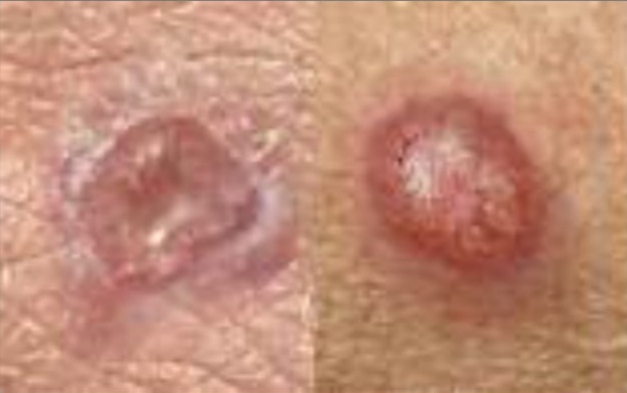
Chronic inflammation has long been recognized as a key contributor to tumor development. While ozokerite itself is not inherently inflammatory, some formulations that include ozokerite with perfumes, dyes, or other additives can provoke localized inflammation.
Repeated irritation—particularly in areas like the groin, armpits, or under the breast—may increase local oxidative stress and DNA damage. In rare cases, this can lay the groundwork for malignant transformation, especially if the skin barrier is already compromised.
Understanding this indirect pathway is vital. It’s not that ozokerite causes cancer, but rather that repetitive skin inflammation might become a facilitator under the right (or wrong) conditions. This concept echoes broader research into inflammation’s role in Breast Cancer and skin malignancies.
Should Certain Populations Avoid Ozokerite?
Though ozokerite is generally considered safe, some individuals may wish to avoid it or limit its use. This is especially relevant for:
- Patients undergoing chemotherapy or radiation
- Individuals with autoimmune or chronic inflammatory skin conditions
- People genetically predisposed to skin cancer or with a personal cancer history
In these cases, even low-level irritation can accumulate into chronic stress on the skin. Furthermore, ozokerite-containing products may interact with topicals used for managing treatment side effects, causing unpredictable reactions.
Similarly, people with hormone-sensitive cancers might prefer simpler, plant-based formulations. While ozokerite has no hormonal activity, cautious product selection is common in survivorship care and long-term prevention strategies.
Comparing Consumer Perception vs. Scientific Reality
Public perception around ingredients like ozokerite often swings between fear-driven avoidance and uninformed overuse. Clean beauty advocates frequently label petroleum derivatives as “toxic,” while mainstream manufacturers emphasize formulation safety.
Here’s a simplified comparison:
| Viewpoint | Public Perception | Scientific Consensus |
| Carcinogenic risk | High concern if “petroleum-based” | Low when properly refined |
| Environmental sustainability | Poor due to fossil origin | Valid concern, not health-related |
| Skin compatibility | Depends on formulation | Safe in most cosmetic products |
| Need for regulation | More transparency desired | Existing rules considered sufficient |
The gap between perception and science creates confusion. Dermatologists generally recommend education over elimination, especially since ingredients like ozokerite serve vital structural roles in product performance.
Choosing Products with Ozokerite: What to Look For
When evaluating personal care items that include ozokerite, it’s important to read the full ingredient list rather than fixating on one component. Products labeled with “cosmetic-grade ozokerite” or “refined ozokerite wax” are generally considered safe under current dermatological standards.
Key aspects to check:
- Regulatory Compliance: Look for mentions of FDA, EU, or EWG ratings.
- Additional Irritants: Perfumes, parabens, or certain preservatives may pose more of a concern than ozokerite itself.
- Product Type: Lip balms and eyeliners typically use ozokerite in low quantities and remain on the skin for shorter durations.
Consumers with sensitive skin or known allergic reactions should consider patch testing new products. Many reactions are due not to ozokerite but to other compounds in the formulation.
Transparency is growing in the industry, and many brands now publish safety assessments or third-party testing to build trust. This is especially helpful for those managing long-term health conditions or avoiding carcinogenic triggers after a Bartholin Gland Cancer diagnosis.
Ozokerite and Cancer Symptom Confusion: Rash vs. Lesion
It’s not uncommon for people to confuse skin irritation from ozokerite-containing products with symptoms of cancer. Differentiating between a benign rash and a malignant lesion is essential for peace of mind and timely diagnosis.
| Symptom Feature | Likely a Rash | Possible Cancer Indicator |
| Onset | Sudden after product application | Gradual, persistent |
| Itchiness | Often present | May or may not be present |
| Resolution | Improves with product removal | Persists or worsens despite changes |
| Shape/Color | Red, flat, diffuse | Irregular border, discoloration or lump |
If a skin change does not resolve within 2–3 weeks, even after discontinuing the product, a dermatologic consultation is essential. This holds true especially for those with a personal history of Cancer Stages, where skin symptoms might point to metastasis or paraneoplastic syndromes.
Should You Discard Old Products Containing Ozokerite?
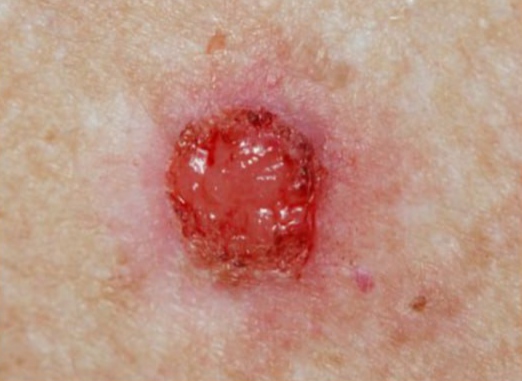
While ozokerite itself has a long shelf life, the formulations it’s used in may not. Over time, cosmetics degrade, leading to changes in texture, smell, and microbial balance. Using expired products can increase the chance of irritation or infection, especially around sensitive areas like the lips or eyes.
Key signs a product should be discarded:
- Separation or crystallization of the product
- Unusual odors or color change
- Packaging damage or contamination
- Itch or sting upon application
Even if ozokerite isn’t the cause of these issues, its waxy base can trap degraded ingredients, extending skin exposure to potential irritants. As a precaution, many dermatologists advise replacing cosmetics every 6 to 12 months, even if not expired by date.
When to See a Specialist: Red Flags Beyond Irritation
If you’re experiencing persistent symptoms, even mild ones, don’t rely solely on ingredient research. Medical evaluation is always the best course of action when the skin doesn’t behave as expected.
Red flags that warrant a dermatological or oncological consult include:
- Non-healing lesions
- Nodules or hard masses near the application site
- Burning or stabbing pain
- Rapid skin texture change or discoloration
In rare cases, long-term use of skincare products on compromised skin might reveal or accelerate the appearance of underlying malignancies, particularly in immunocompromised individuals. For those with histories of Breast Cancer or predisposing conditions, regular skin checks are especially important.
FAQ About Ozokerite and Cancer Concerns
1. Can ozokerite penetrate the skin and enter the bloodstream?
No, ozokerite is a high-molecular-weight wax and is not absorbed through the skin. It remains on the surface, forming a film that locks in moisture. Unlike low-weight oils, it does not pass through the skin’s layers, making systemic exposure highly unlikely.
2. Is ozokerite ever listed under another name on product labels?
Yes, ozokerite can also appear as “earth wax” or be included under broader categories like “microcrystalline wax.” In pharmaceutical or older formulations, it might be listed by its chemical classification rather than the trade name.
3. Are there alternatives to ozokerite in cosmetics?
Absolutely. Plant-based waxes like carnauba, candelilla, and soy waxes are commonly used as substitutes, especially in vegan formulations. However, each alternative has different melting points and texture effects on the final product.
4. Can ozokerite trigger acne or clogged pores?
In some individuals with very oily or acne-prone skin, heavy waxes like ozokerite can occlude pores. However, it is generally considered non-comedogenic when used in small amounts and properly balanced in the formulation.
5. Has ozokerite ever been banned in any country?
As of now, no major health agency or regulatory body (including the FDA, EU, or WHO) has banned the use of ozokerite in cosmetics. It remains an approved additive within defined concentration limits.
6. Does ozokerite expire or degrade into harmful compounds?
Pure ozokerite is chemically stable. It doesn’t degrade into toxic byproducts under normal storage conditions. However, the other ingredients in a product might expire, which is why shelf life should still be respected.
7. Can ozokerite affect hormone levels?
No evidence supports the idea that ozokerite interacts with hormonal pathways. It is not a known endocrine disruptor, unlike some synthetic preservatives or fragrances used in cosmetics.
8. Is ozokerite safe during pregnancy or breastfeeding?
Generally, yes. Since it is used topically and not absorbed, ozokerite poses minimal risk during pregnancy. However, always consult a healthcare provider when using any new product during these periods.
9. Can ozokerite cause allergic reactions?
Allergic reactions to ozokerite are rare but not impossible. Symptoms may include localized redness, itching, or mild swelling. If you suspect a reaction, discontinue use and consult a dermatologist.
10. Is ozokerite used in medical or pharmaceutical products?
Yes. Due to its stability and inert nature, ozokerite is used in medical ointments, suppositories, and other formulations where a waxy base is needed. It does not interfere with active drug ingredients.
11. Can children use products with ozokerite?
Yes, ozokerite is considered safe for children when used in regulated amounts in skincare or lip care products. Pediatric formulations tend to use refined grades specifically for sensitive skin.
12. Is ozokerite flammable in cosmetics?
In its raw form, ozokerite is combustible at high temperatures, like many waxes. However, in finished cosmetic products, it’s used in low percentages and does not pose a fire risk under normal usage.
13. Could ozokerite interact with chemotherapy drugs?
No direct interaction has been documented between topical ozokerite and chemotherapy agents. However, cancer patients should use fragrance-free and hypoallergenic products to minimize irritation on sensitive skin.
14. Is ozokerite biodegradable?
Ozokerite is not easily biodegradable and may persist in the environment if discarded improperly. However, the small quantities used in personal care products generally don’t contribute significantly to pollution.
15. Should cancer survivors avoid ozokerite-based products?
There’s no clinical evidence suggesting ozokerite increases cancer recurrence risk. Still, survivors may choose products with minimal additives as a precaution, especially if they have sensitive skin after treatment or are managing Bartholin gland cancer recovery.
